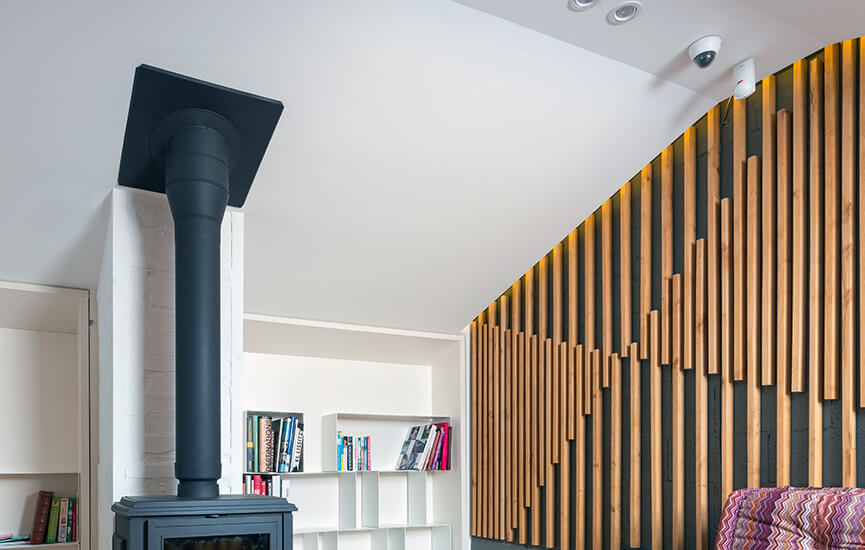Home Automation
- Home
- Home Automation


Home Automation
Home automation transforms living spaces into smart environments by integrating technology to control devices and systems. It enables automated or remote management of lighting, security cameras, appliances, HVAC systems, and more via smartphones, voice assistants, or centralized hubs.
Features like scheduling, energy monitoring, and device interconnectivity enhance convenience, security, and energy efficiency.
Advanced systems use AI to learn user preferences, offering personalized automation for tasks like adjusting room temperatures or activating lights based on motion. With seamless integration and ease of use, home automation provides a smarter, safer, and more comfortable living experience.


What Is Home Automation
Home automation is the process of integrating technology to control and automate household devices and systems. It enables users to remotely manage appliances, lighting, heating, security cameras, and more using smartphones, tablets, or voice assistants.
Modern systems often use Wi-Fi, Bluetooth, or Zigbee to interconnect devices, creating a seamless smart home experience. Automation can include scheduled tasks, such as turning lights on at sunset, or responsive actions, like adjusting the thermostat when you leave the house.
It enhances convenience, improves energy efficiency, boosts security, and offers personalized comfort for a smarter and more connected home.
- Video Intercoms
- Smart Home Systems
- Access Control
- Cameras and their locations
- Good quality images
- The required image storage space